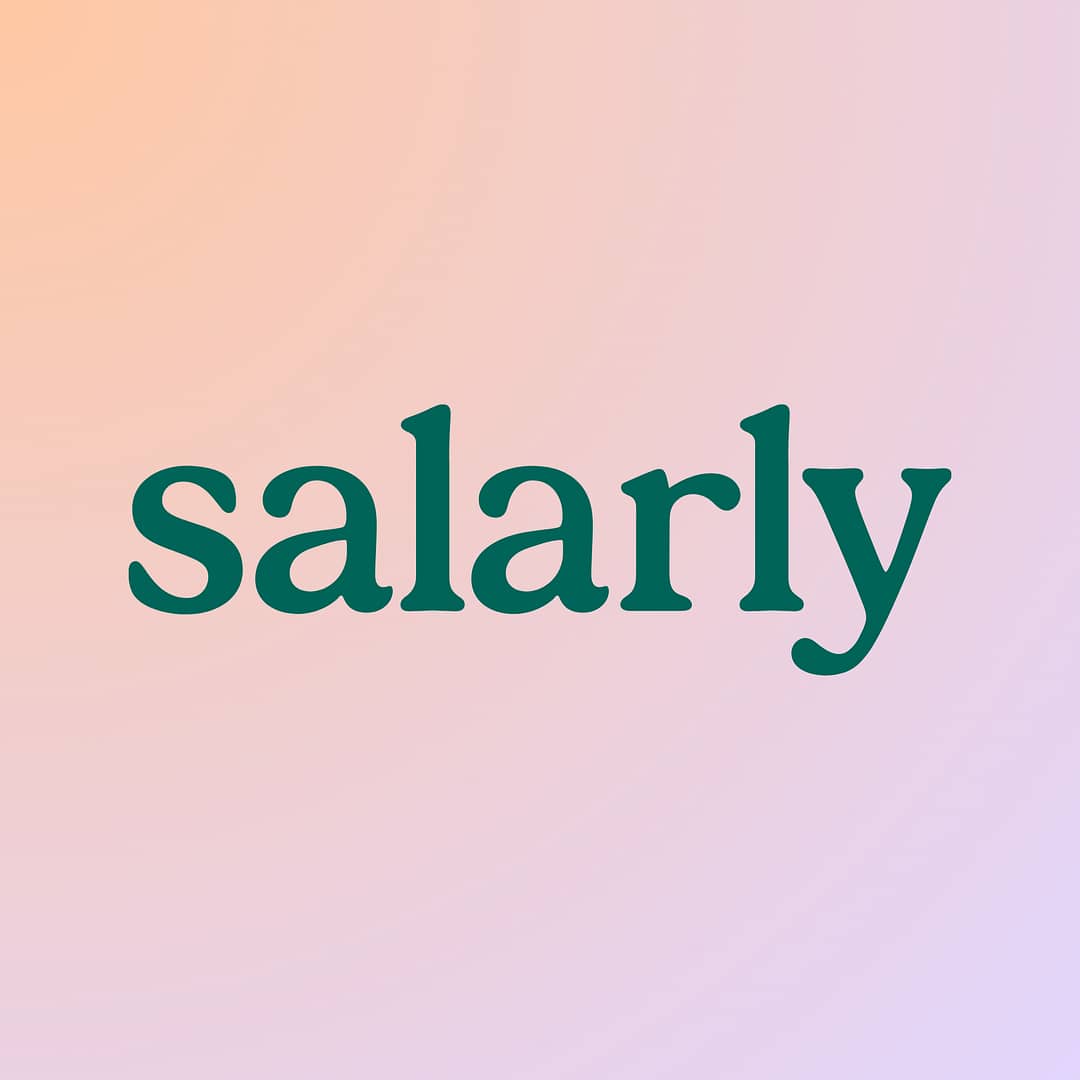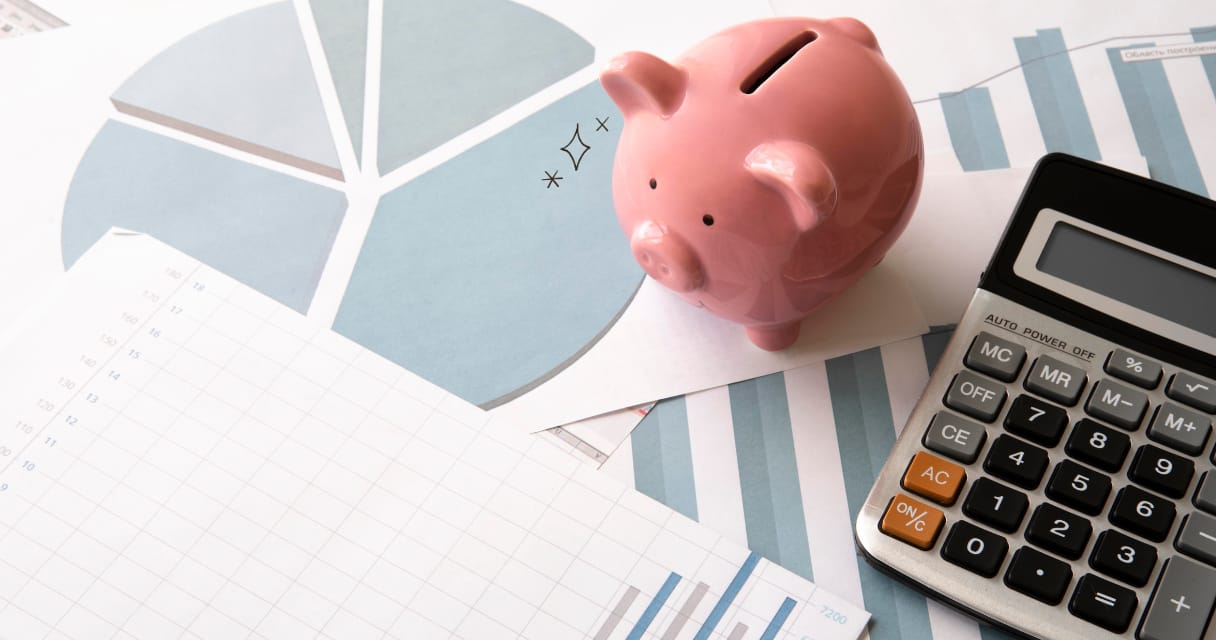This content is for educational purposes only and may reference products, features, or services not offered by Salarly.
When Life Hits Hard, Your Finances Don’t Have to Fall Apart
Emergencies don’t wait until your finances are ready. If you’re facing a sudden expense like a medical bill, car repair, or a temporary loss of income, you might be exploring something called a hardship loan. But what exactly is it? How do you get one? And how is this solution different from risky payday loans or credit cards with high interest rates?
Let’s break it all down.
What Is a Hardship Loan?
It is a type of personal loan meant to help people get through difficult financial moments. This could include things like:
- A medical emergency
- A job layoff
- Emergency home or car repairs
- Temporary income loss
- Natural disaster recovery
It’s not a specific loan product, but a general term for a loan taken during financial hardship.
Hardship loans are typically unsecured, meaning they don’t require collateral like a house or car. Some come from banks, credit unions, or retirement plans. Others come from alternative lenders or even employers.
Common Types of Hardship Loans
Understanding your options is key. Here are a few common routes people explore:
1. Personal Loans
These are traditional loans from banks or online lenders. You borrow a set amount and repay it over time. But approval usually depends on your credit score and can take several days.
2. 401(k) Hardship Withdrawals
If you have a retirement plan, you might qualify to withdraw money early. But this can come with taxes, penalties, and long-term consequences.
3. Home Equity Loans or Lines of Credit
Homeowners may use their equity as collateral. While interest rates are often lower, your home is at risk if you miss payments.
4. Credit Card
5. Peer to peer lending
📅 Related: How to get Rid of $40,000 Credit Card Debt
When Should You Consider a Hardship Loan?
You might want to explore a hardship loan if:
- You’ve experienced a loss of income or job
- A medical emergency arises
- Your car or home requires urgent repairs
- You’re behind on essential bills or rent
- You’re recovering from a natural disaster or other crisis
They are meant to be a stopgap, used when other options (like savings, borrowing from friends/family, or employer assistance) aren’t available or sufficient.
Final Thoughts
Hardship loans can offer vital relief in difficult times. But not all loans are created equal. High-interest payday loans or risky credit card borrowing can lead to more stress in the long run.
Salarly’s fair payroll-linked loan is designed with you in mind; fair, easy to manage, and fast when you need it most. Because even when life throws curveballs, you deserve a financial solution that has your back.
FAQs: Hardship Loans
What is a hardship loan?
A hardship loan is a type of personal loan designed to help during a financial emergency, such as job loss, medical bills, or home repairs.
How can I get a hardship loan if I have bad credit?
Many traditional lenders require good credit in order to get a loan.
Do hardship loans affect your credit score?
Yes, many loans can affect your credit score depending on the lender’s process.
How fast can I get a hardship loan?
The speed in which one can get a loan depends on the lender. Salarly is 100% online ad takes 1-3 business days.











